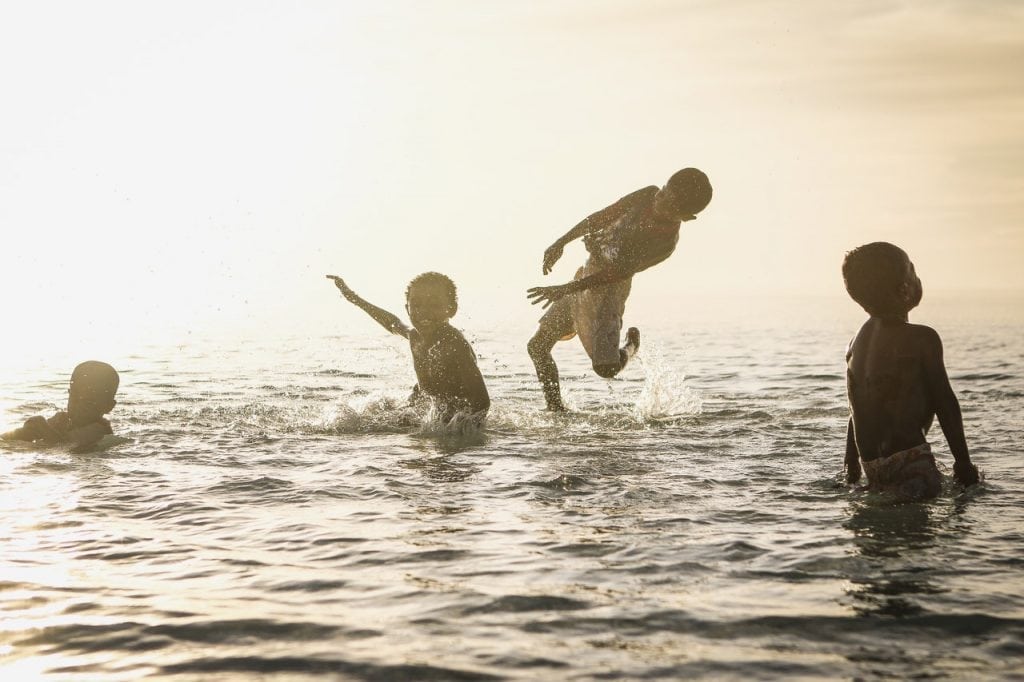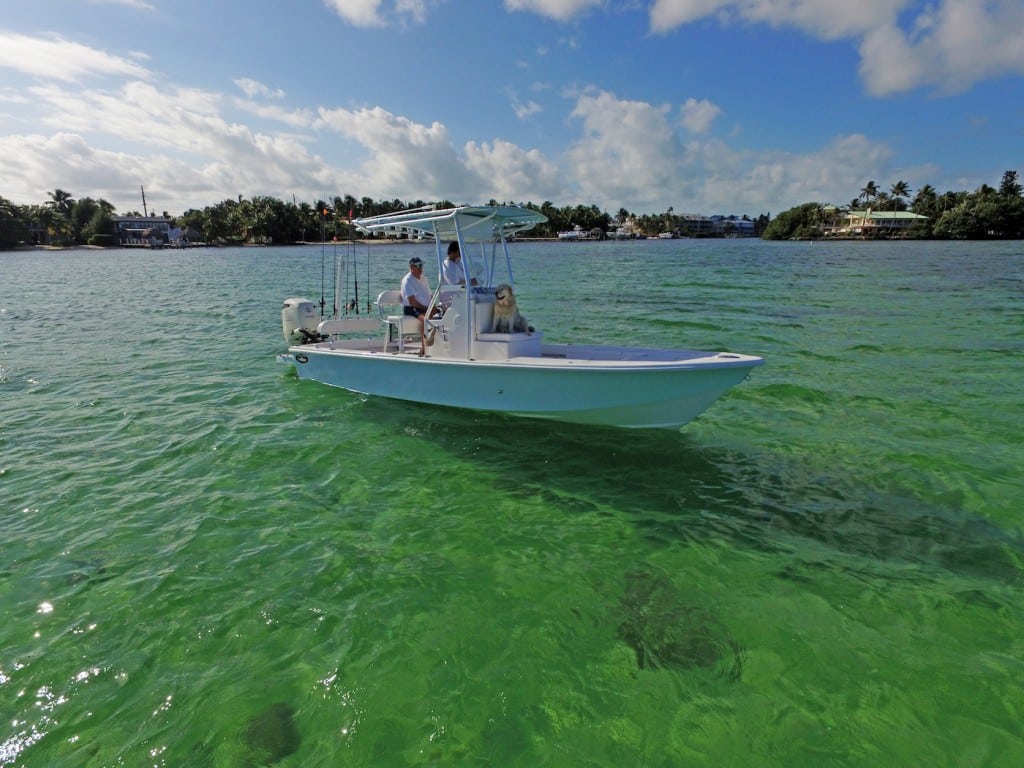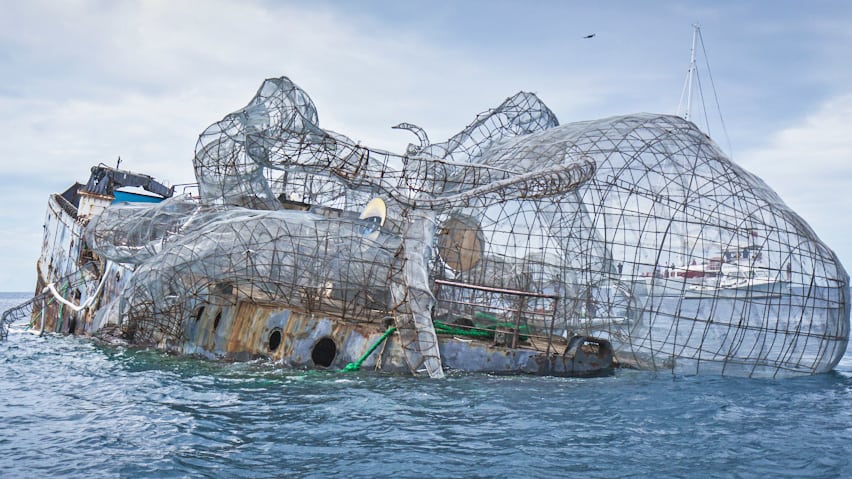Rip Currents: Life or Death
If you’ve heard warnings of possible rip currents, take them seriously!
Last year in the United States, 62 people perished due to rip currents. That’s more deaths than caused by hurricanes, tornadoes or lightning. Furthermore, tens of thousands of people require rescue by lifeguards from these extremely dangerous situations each year. In fact, 80 percent of rescues performed by lifeguards are in rip current events according to the U.S. Lifesaving Association.
What causes a rip current?
When waves continuously come ashore along a beach, circulations are created in the water. Some of the water will move parallel to the coastline, and some of it will move back out to sea in a return flow. In calmer conditions, this return flow is fairly weak and inconsequential, but if waves are higher and the period between waves decreases (typically, but not always, related to a stronger onshore wind), this return flow can become concentrated like a jet stream in the atmosphere and produce a rip current.
Why they’re dangerous
Rip currents are more common where there is an obstruction to the water flow along the shore such as a pier, jetty, groin, or reef. One of the worst situations occurs when there is a sandbar just off and parallel to the shoreline, which will block the return flow of water. If a breach or break occurs in the sandbar, returning water channels through it, accelerating as it goes.
Rip current speeds are typically in the 1 to 2 feet-per-second range (.7 to 1.4 mph) but have been measured as fast as 8 feet per second (5.5 mph)—faster than Olympic swimmers. Rip currents vary in width from as narrow as 10 to 20 feet to several hundred feet across. They will extend out from the beach past where the waves are breaking, anywhere from a few hundred to a few thousand feet where they will dissipate. Rip currents can and do occur on any beach where there are breaking waves, even along the shores of the Great Lakes.
The summer months see the most rip current incidents because of increased beach usage and the significant majority of victims are young men. With miles of inviting beaches and temperatures that promote outdoor activities much of the year, Florida leads the country in rip current fatalities with an average of nearly 20 drownings per year. The states of North Carolina and Texas follow. Puerto Rico also had 11 victims in 2017, according to statistics from the National Weather Service (NWS). The NWS acknowledges that rip current fatalities may be underestimated.
Check before diving in
If you’re cruising in the U.S., check the rip current status in your area via the NWS, which includes a beach forecast on weather.gov as well as surf forecasts on ripcurrents.noaa.gov/forecasts.shtml. Local media outlets also typically carry beach forecasts and include the rip current risk forecast. Rip current forecasts are shown as Low (unlikely), Moderate (possible), or High (Life-threatening rip currents likely). Going to a beach area with lifeguards present offers the most protection; check with them to learn if rip currents are occurring or expected.
When visiting beaches without lifeguards, take extra time to assess for rip currents. For example, anything floating, such as seaweed or debris is moving quickly out to sea. That is an indicator that rip currents may be present. Another indicator is an area where the water color is decidedly different from its surroundings, such as a break in a sandbar, a break in the incoming waves or a noticeable channel where the water is churning or choppy. Unfortunately, these indicators may not be readily apparent from the beach or water level. Dangerous rip currents can go undetected by a swimmer, especially when they’re not looking for them.
What to do
If you are caught in a rip current, don’t panic. The danger of rip currents is not that they will pull you under, which is what undertow does. Rip currents will pull non-swimmers and weak swimmers out to sea and into deeper water where they will tire quickly. Even strong swimmers will be in danger if they try to swim against the flow. The key is to swim parallel to the shoreline. Rip currents aren’t that wide, and even if you are swept out beyond the breakers, rip currents don’t extend much further. A caught swimmer will eventually break free as long as they remain calm and just float or tread water while calling for help. (This is one reason to swim where a lifeguard is on duty.)
If you see someone in trouble, get help from a lifeguard. When possible, get a flotation device to the person. If nothing else, try talking to them to calm them down while giving instructions for reaching safety. Never attempt to rescue someone unless properly trained. Numerous people have drowned while attempting to save someone else. Most of all, remain calm and swim on.
By Ed Brotak, Southern Boating
June 2018












